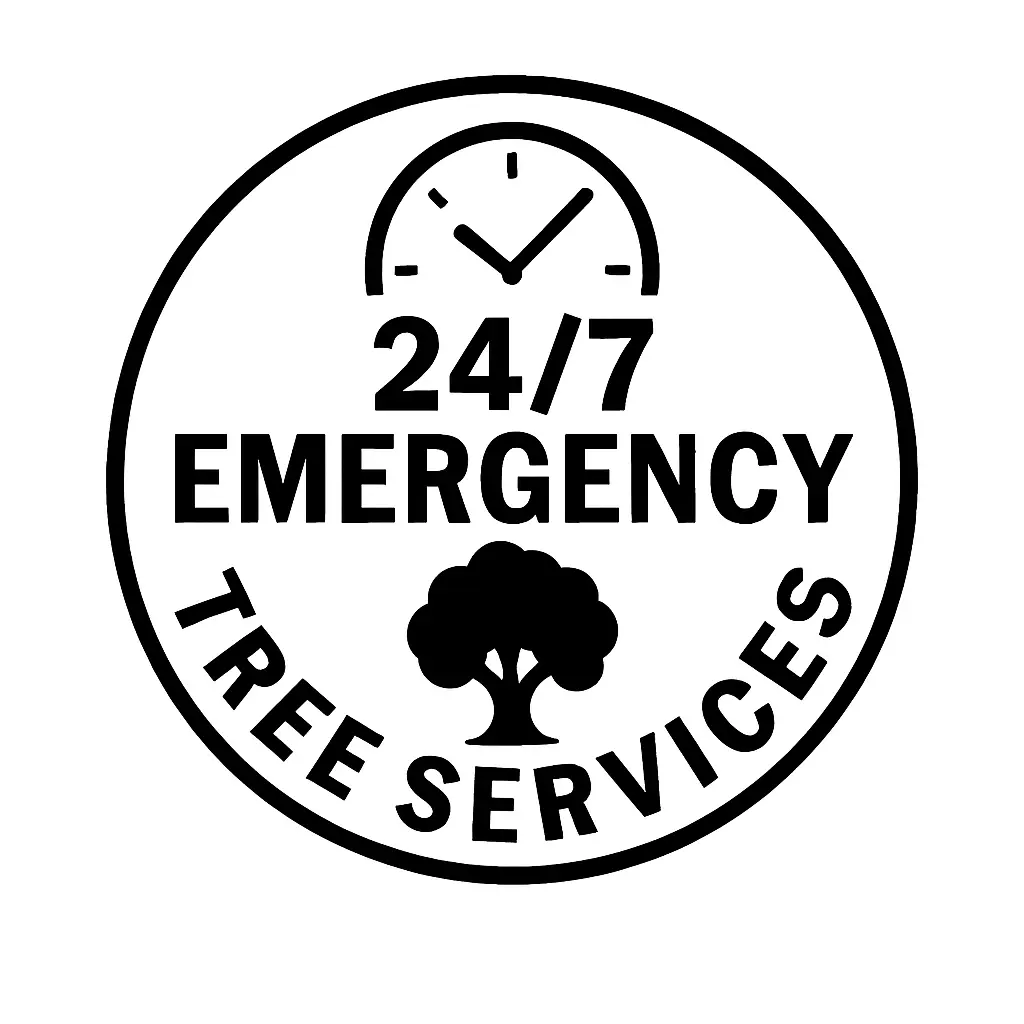In the realm of environmental conservation and urban development, the concept of tree mitigation stands as a pivotal practice. It involves carefully managing trees to minimize the ecological impact of development projects. Understanding its significance and implementing effective strategies are crucial in fostering sustainable coexistence between progress and nature.
Importance of Tree Mitigation
Tree mitigation plays a vital role in maintaining ecological balance amidst development initiatives. Preserving trees aids in retaining biodiversity, reducing carbon footprint, and preserving natural habitats. It’s an integral part of responsible development, ensuring the sustainability of our environment for future generations.
Strategies for Tree Mitigation
Tree mitigation strategies encompass a range of methods to preserve and offset the impact of development on trees and the environment. These tactics include adhering to local laws and regulations, planting programs, and preservation approaches used during development.
A. Preservation Techniques During Development
Preservation techniques focus on minimizing tree disruption and damage during development activities. Here is a breakdown of effective preservation methods:
|
Preservation Technique |
Description |
|
Root Barriers |
Installation of barriers to protect tree root systems |
|
Elevated Platforms |
Construction on raised platforms to avoid root damage |
|
Project Planning |
Strategic planning to work around existing trees |
|
Tree Protection Zones |
Establishing protected areas around trees |
These techniques safeguard trees during construction and development, ensuring their continued health and longevity.
B. Replanting Initiatives and Offsetting Loss
Replanting initiatives are pivotal in mitigating the loss of trees due to development. Consider the following strategies for effective replanting and offsetting loss:
|
Replanting Initiative |
Description |
|
Tree Replacement Programs |
Initiatives focusing on replacing removed trees |
|
Afforestation Projects |
Planting new trees in previously deforested areas |
|
Carbon Offset Programs |
Offsetting carbon emissions through tree planting |
|
Biodiversity Enhancement |
Planting diverse species to restore ecosystems |
These initiatives aim to restore green cover, biodiversity, and ecosystem balance, countering the environmental impact of development activities.
C. Compliance with Local Regulations and Laws
Adhering to local regulations and laws concerning tree preservation is fundamental for responsible development. Here are some key aspects to consider:
|
Compliance Aspect |
Details |
|
Environmental Impact Studies |
Conducting studies to assess the impact on trees |
|
Permit Requirements |
Obtaining necessary permits for tree removal or pruning |
|
Mitigation Plans |
Developing plans to mitigate the impact on trees |
|
Reporting and Monitoring |
Compliance with reporting and monitoring requirements |
Compliance ensures that development projects align with environmental protection standards and minimize adverse effects on trees and natural habitats.
Collectively, these strategies form a comprehensive approach to tree mitigation, aiming to strike a balance between development and environmental conservation. Combining these techniques tailored to specific contexts can effectively mitigate the impact on trees and contribute to sustainable development.
Case Studies and Success Stories
Examining successful tree mitigation projects and impact assessments provides valuable insights into effective strategies and their effectiveness in preserving trees amidst development.
A. Successful Tree Mitigation Projects
Here are examples of successful tree mitigation projects showcasing diverse approaches and their outcomes:
|
Project Title |
Location |
Description |
|
Urban Development Greenscape |
City Center |
Conversion of urban areas into green spaces |
|
Highway Expansion Mitigation |
State Highway |
Preservation of trees during highway expansion |
|
Construction Site Preservation |
Residential Area |
Strategic planning to protect trees during construction |
|
Corporate Reforestation Initiative |
Industrial Zone |
Replanting and restoration efforts in industrial zones |
These case studies demonstrate how diverse mitigation measures can be successfully implemented, highlighting the significance of customized approaches for various ecosystems and development projects.
B. Impact Assessment and Effectiveness
Assessing the impact and effectiveness of tree mitigation strategies is crucial. Here’s an overview of impact assessment parameters:
|
Assessment Aspect |
Details |
|
Tree Survival Rate |
Percentage of trees that survived post-mitigation |
|
Biodiversity Enhancement |
Measure of increased biodiversity due to replanting |
|
Carbon Sequestration |
Assessment of carbon sequestered by new tree growth |
|
Community Engagement |
Evaluation of community involvement and awareness |
Assessing these aspects helps gauge the effectiveness of mitigation efforts and guides future strategies to achieve better outcomes.
Studying these case studies and impact assessments provides valuable lessons and benchmarks for implementing successful tree mitigation strategies. Understanding their outcomes and impact makes refining and improving approaches for better environmental conservation amidst development possible.
Best Practices and Guidelines
Adhering to best practices and considering crucial factors is essential for effectively implementing tree mitigation strategies and successful tree preservation.
A. Methods for Effective Tree Mitigation
Here are methods considered highly effective in tree mitigation:
|
Effective Methods |
Description |
|
Tree Inventory and Assessment |
Conducting thorough assessments of existing trees |
|
Use of Advanced Technology |
Employing technology for non-invasive root assessments |
|
Adaptive Construction Methods |
Utilizing construction techniques that minimize the impact |
|
Integrated Landscaping Design |
Incorporating trees into urban planning and design |
These methods contribute significantly to preserving trees during development and fostering a sustainable environment.
B. Factors to Consider in Tree Preservation
When aiming for tree preservation, several critical factors need consideration:
|
Preservation Factors |
Details |
|
Soil Conditions |
Assessing soil quality for optimal tree growth |
|
Species Diversity |
Maintaining diverse tree species for ecosystem balance |
|
Long-term Maintenance |
Planning for continued care and maintenance of trees |
|
Environmental Adaptability |
Selecting tree species suitable for local conditions |
Considering these factors ensures the success of tree preservation efforts, promoting healthy tree growth and sustainability.
Following these best practices and considering essential factors is a guideline for effectively implementing tree mitigation strategies. Incorporating these methodologies and considerations into planning and execution helps maintain a harmonious balance between development and environmental preservation.
Expert Consultation and Services
Engaging with professionals like arborists, environmental consultants, and planners plays a crucial role in effective tree mitigation strategies and environmental preservation efforts.
A. Role of Arborists, Environmental Consultants, and Planners
Understanding the distinct roles of these professionals aids in devising comprehensive tree mitigation plans:
|
Professional Roles |
Responsibilities |
|
Arborists |
Assessing tree health, advising on care and removal |
|
Environmental Consultants |
Conducting environmental impact assessments |
|
Urban Planners |
Integrating trees into urban development plans |
The success of efforts to preserve trees is greatly aided by the distinct skill that each individual brings to the table.
B. Benefits of Professional Guidance
Seeking professional guidance offers numerous advantages in implementing effective tree mitigation strategies:
|
Benefits of Professional Guidance |
Details |
|
Specialized Knowledge |
Expertise in tree biology, ecology, and regulations |
|
Tailored Mitigation Plans |
Customized strategies based on site-specific needs |
|
Compliance Assistance |
Ensuring adherence to local laws and regulations |
|
Long-term Sustainability |
Planning for sustained tree health and preservation |
Relying on professional guidance enhances the efficacy and sustainability of tree mitigation efforts, ensuring the best possible outcomes.
Utilizing the expertise of these professionals and acknowledging the benefits of their guidance proves instrumental in executing successful tree mitigation strategies and fostering a harmonious relationship between development and environmental conservation.
Conclusion: Towards Sustainable Development
In conclusion, integrating effective tree mitigation strategies is paramount for sustainable development. Balancing progress with nature is not just a necessity but a responsibility. By embracing preservation techniques, adhering to regulations, and seeking expert guidance, we pave the way for a harmonious coexistence between development and the environment.
Implementing these strategies not only fosters ecological conservation but also contributes significantly to the well-being of our planet. Together, we can achieve a future where development thrives while nature flourishes.





